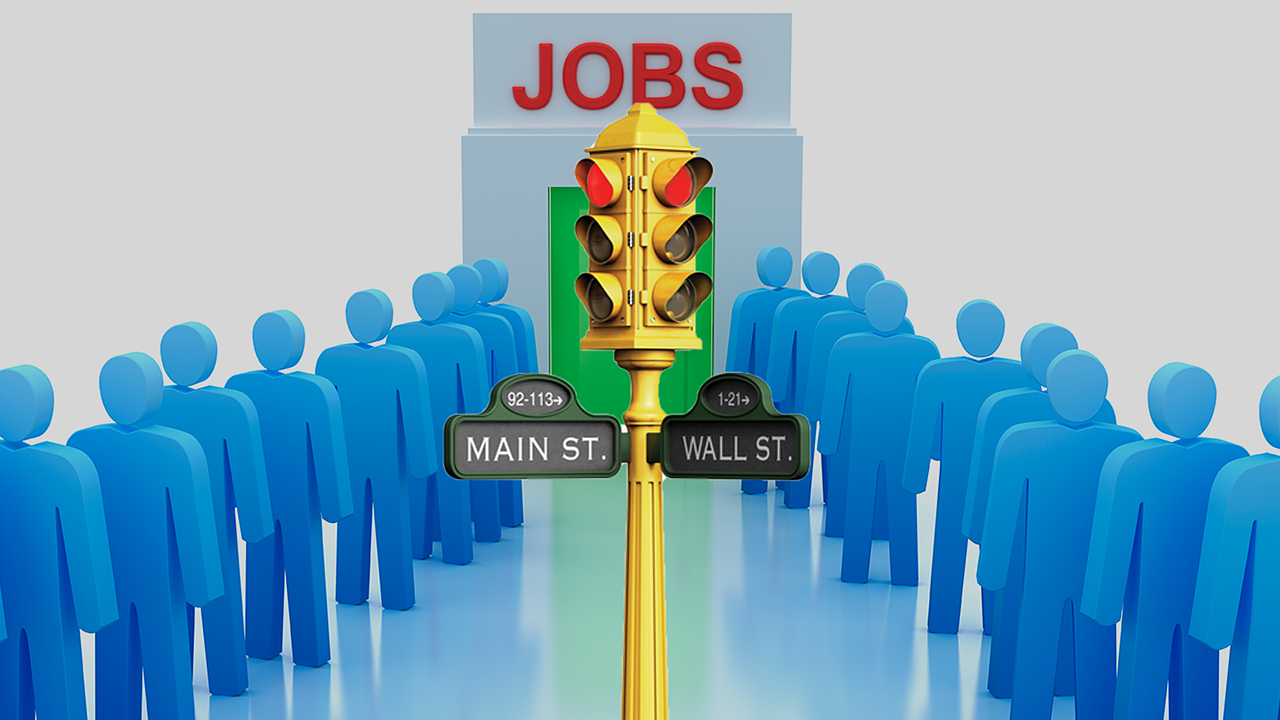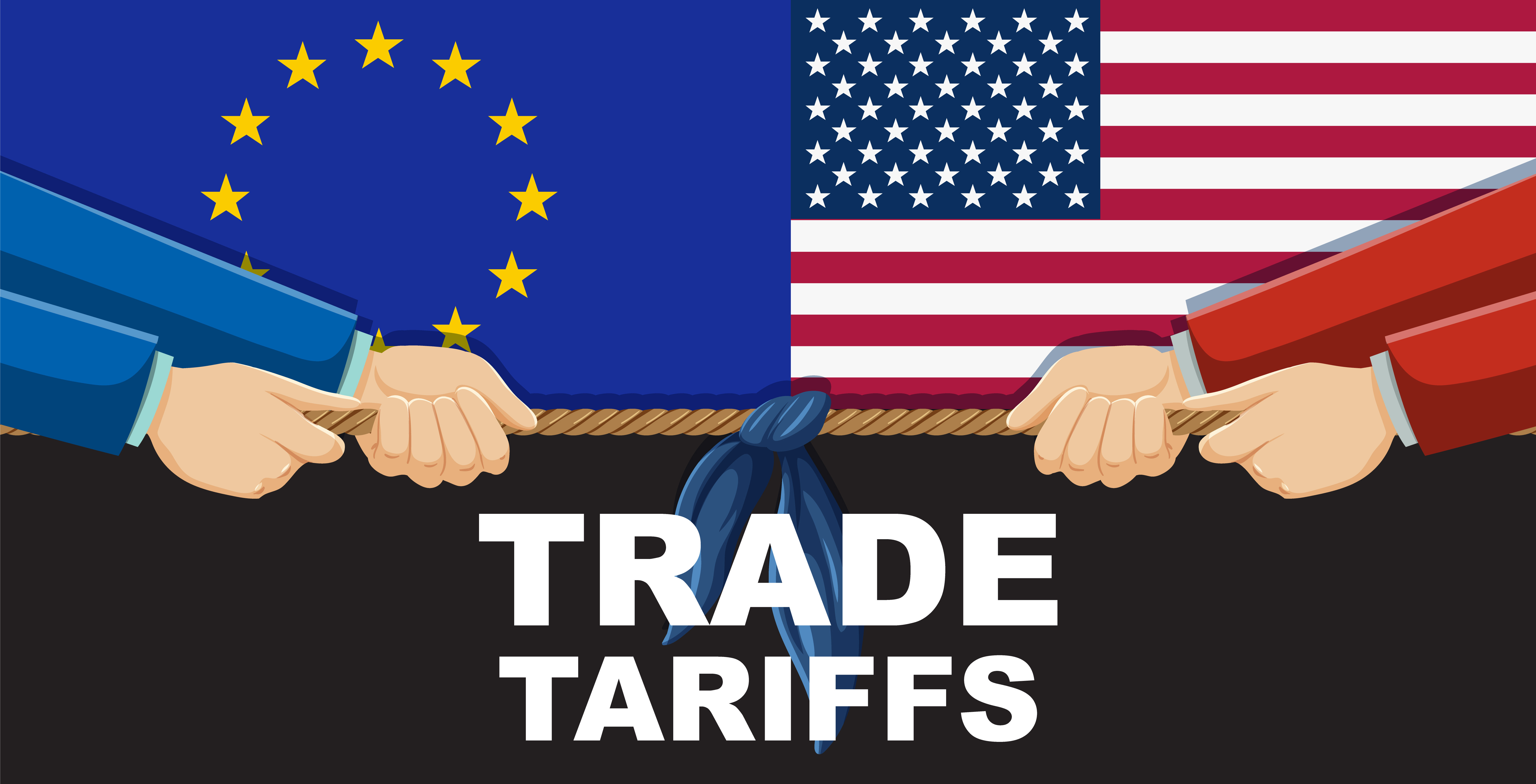
From a Frying Pan into the Fire?
Last Friday, the US gave its political class a reason to celebrate. Its Bureau of Labor Statistics released data for unemployment in January 2022. Most economists were caught off guard. Much to their surprise, the economy added 467,000 jobs, a level of employment more than twice the 199,000 jobs added the previous month. Politicians cheered – President Biden immediately held a briefing on the numbers, taking credit for organizing good economy policy.
Really?
No doubt, the strong employment numbers represent happy news. It means firstly, that the economy seems to have emerged from the shadow of the Covid 19 recession, and secondly, the workers have shrugged off fears of the Omicron virus, and are willing to go back to work.
While that is all quite good, it could mean a new problem is being hatched.
Economic growth in the current quarter was expected to become more sluggish after a sterling quarter at the end of 2021, when it achieved a fast 6.9% annual rate. The question needs to be raised – is 6.9% sustainable when historically for the last 14 years since 2008, the average rate of growth of real GDP is just 1.7% (which was achieved from a 0.7 percent annual employment growth and 1% productivity growth)? This means that most of the GDP growth is largely due to inflated prices : at least 5.2 % of it (6.9-1.7).
The actual inflation number reported last month was indeed in that ball park : 7 %.
Most experts are forecasting nominal GDP growth to be only in the 4% range in 2022. Nominal GDP growth in a recovering US economy at that level is not so difficult to achieve, if most of the affected workers who were retrenched during the pandemic, can be fully reemployed. If however, this does not happen, then the 6.9% GDP growth at the end of 2021 must come from excess demand, leading prices to soar faster than they did at any time last year.
That means inflation.
OK. Now, which politician wants to take credit for this inflation, since it is merely two faces of the same problem? President Biden?
Deteriorating demographics also indicate that even if productivity grows at trend rates over the next decade, the US economy would probably only grow at around 1% annually. This kind of growth rate is probably going to be a best-case scenario, given the ongoing deterioration in savings rates in the face of troubling negative real interest rates.
In view of the extreme levels of external, public, corporate and personal debt, there could be more painful economic rebalancing lying ahead for the US economy, which could lead to real GDP stuck at a low level for another ten years or so.
As such, for politicians who want to have accolades heaped upon them whenever there is a bright spot in the journey, had better grab it quickly. It’s for the polls. Hence we see Mr Biden stepping in front of microphones as soon as the sweet looking unemployment numbers were announced. There may not be a lot of opportunity to do this as we go forward into 2022.
This is especially true since the Federal Reserve has said they will not raise interest rates until March, soonest. At the moment, the CPI is already at 7 percent; by the time the Fed acts, it could rise to 8% or more.
In short, the strong GDP numbers in the US could be mostly fluff. It likely a 1-1.5 % real growth rate embedded in 7-8% of inflation. Another way of looking at it is that until we see a 10 percent nominal GDP growth rate, nobody can take any credit for growth without also facing up to the pain of an overheated economy.
10% nominal GDP growth? A long shot at best…
Furthermore, whatever the nominal GDP growth rate is, the overheating is apparent. 7-8 percent inflation. The Federal Reserve will have to increase interest rates aggressively.
It could look something like this: a 0.50% interest rate increase in March or April, followed by four or five more increases before the end of the year. In another year from now, short term interest rates could be at least 1.5 to 2 percentage points higher than where they are now (zero).
The severity of the inflation problem cannot be understated, as politicians try to downplay the bad news. There is a growing impact of inflation on American consumers facing stagnant incomes and a rising cost of living.
And there is a limit to how much interest rates can go up to fight inflation. It is entirely different from the Volcker years when short term interest rates went briefly to 20 plus percent and squashed inflation once and for all (for forty years).
High interest rates are no longer possible because the US national debt is now at US$30 trillion dollars!
In 1982, the debt was $746 billion…that’s the difference.
If the average interest rate on the debt were just 2.5 percent (a low estimate), the interest on that debt would add the same amount of the debt that existed in 1982 every year from now on. That’s nothing to laugh at.
Therefore, there is no room for the US government (ie the Fed, the Treasury and the Administration) to move to tackle inflation. This is a deep hole from which there is no easy extraction.
As such, we should expect inflation to become a serious problem for some time to come.
Oops sorry, the Biden Administration has indeed proposed an anti-inflation solution. Guess what it is… Since he is no economist, he’s been advised that increasing government spending by another $2 trillion or so, will reduce inflation. They call it the New Monetary
Theory…
Haha hah!
The problem with the US economy is not that it does not have enough spending. As a matter of fact, there is too much of it. What’s lacking is savings.
That’s another problem. Savings rates are low and likely to fall further.
As one analyst puts it, “the U.S. gross savings level, measured as the total amount of production minus total government and private consumption, currently sits at 19% of GDP, having steadily fallen from a peak of over 25% in the 1960s. If we add in the impact of consumption of fixed capital reflecting the depreciation of buildings, infrastructure, and equipment, the net savings rate sits below 3%, having steadily fallen from a peak of over 13% in the 1960s.
“The ageing of the population means that savings rates will face further downward pressure. All else being equal, this would put the U.S. net savings rate at close to zero by 2031.”
When savings are insufficient to plug the huge hole that is growing due to the interest payable on the $30trillion of national debt, there is no choice but for interest rates to be kept near zero, whatever the inflation rate is. This is going to be troublesome.
Interest rates serve as the traffic signals in the smooth functioning of a market economy. When they are all green, there will inevitably be accidents, crashes and pile-ups of wrecked vehicles.
Low interest rates also lower the bar for productivity growth.
The Federal Reserve’s policy of keeping interest rates far below the rate of inflation may also act as a drag on long-term productivity growth. Easy monetary policy has provided the economy with near-term balm (and ammo for political cheerleading) but this is at the expense of undermining investment. This is because when interest rates are set deep below the rate which is natural and sustainable, it generates false signals to investors regarding the cost or availability of resources. It affects the profitability of all investments. As long as this prevails, there will be too little investment and too much consumption. Resources are not allocated optimally and in time, economic disruption may result.
Low real interest rates also tend to create zombie companies because there is no or little cost in keeping these unprofitable entities alive. They therefore represent a misallocation of valuable resources when the labour and capital tied up there should have been moved to more productive areas within the capitalist economy. Zombie companies effectively lower the bar for productivity growth.
The record debt burden in the US raises the risk of another deep recession. In other words, low interest rates do not end the problem; problems just get kicked down the road, and some future politician will inherit the shit.
Based on the above analysis, we would surmise that America’s record debt burden would slow long term growth, and will create risks of a forced and disorderly rebalancing of the economy.
As everyone who has accumulated debt knows, if you owe a lot of money and you have to pay interest on that debt, then whatever income you earn, some of it will be siphoned away for debt repayment, and weakens your position to build up wealth. It is not a healthy situation. The same is true for a country.
High government debt thus forces policymakers to keep real interest rates low to prevent debt servicing costs from spiralling out of control. This tends to undermine productivity as outlined above. Further, additional risk comes from rising inflation which compels the government to engage in fiscal austerity (certainly not as Mr Biden hopes in accordance with the crazies proclaiming the merits of the New Monetary Theory). This can trigger a forced economic rebalancing and recession. Whether the government eventually tries to balance its budget by increasing taxes or cutting spending, the necessary action needed to narrow the deficit must act as a shock to the economy, sooner or later. This can be summarized in a few words – the large national debt would raise the risk of forced austerity one way or another.
This suggests there will be a painful period of economic readjustment involving a deep recession in the future, which could result in real GDP effectively stagnating over the next decade.
For Mr Biden, taking credit for economic recovery today in the face of a US$30trillion national debt, is a miscalculation that will surely come back to haunt him.
Wai Cheong
Investment Committee
The writer has been in financial services for more than forty years. He graduated with First Class Honours in Economics and Statistics, winning a prize in 1976 for being top student for the whole university in his year. He also holds an MBA with Honors from the University of Chicago. He is a Chartered Financial Analyst.
